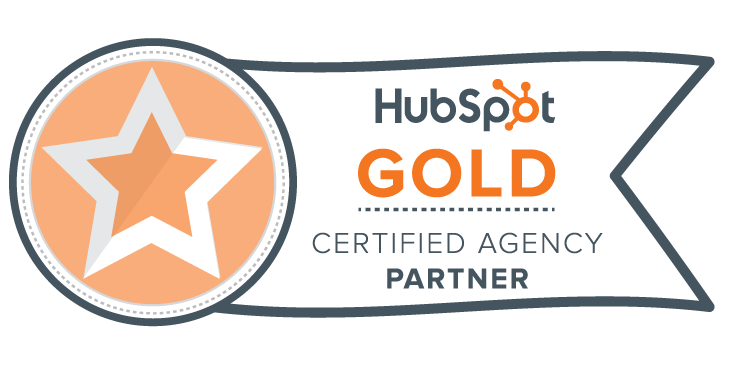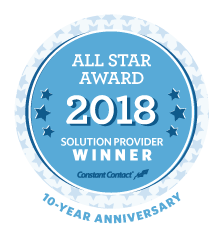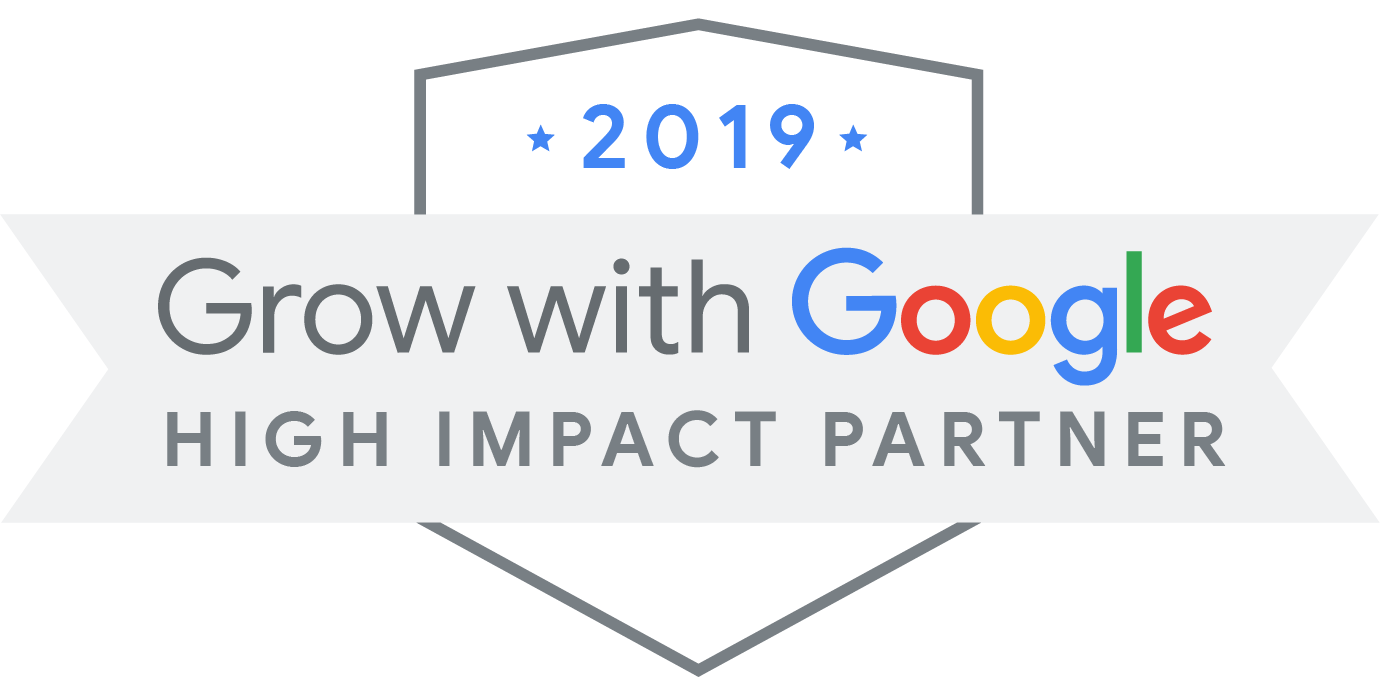
Your website is your biggest marketing asset, and the centerpiece of all of your marketing activities. It’s where people go to learn about your company, your products & services, where you’re located in Minneapolis, and more. It’s also your best “salesperson” – or should be. Research by HubSpot indicates that a prospect has already moved through 70% of the sales process before reaching out to your sales team. That is why our approach to building websites needs to change to make sure we’re providing the information people are seeking upfront.
In the traditional web design model, changes require a significant investment of both time and money to “refresh” a site with new technology, pages or functionality. Most businesses simply don’t have spare time, money or talent to do what “should” be done to keep getting worthwhile results. That’s why Growth-Driven Design is so exciting! With Growth-Driven Design, websites are continuously updated every month, with substantive changes to keep your users engaged and moving through the buyer’s journey. We partner with you to watch what your users do, where they leave the site, and where your marketing isn’t getting results.
The Traditional Web Design Process

When we meet with potential web design clients we ask them about their previous experience designing their website. Most people look down, sigh, and look up at us with resignation. The look on their face is clear, “Don’t make me do this again.” The traditional process takes a lot of time and quickly ages as soon as its live. It’s common sense that the more you update your site, the better your digital marketing results (especially your SEO and rankings). People are hesitant to make significant changes because of the investment and work required.
The Challenges
Large Up-Front Cost: The average small to medium-sized business website costs somewhere between $15,000-$100,000, depending on the functionality required. This is substantial! At least half will be due upon signing the contract, and expected before knowing what impact the website will have on your business.
Large Time & Resource Commitment: Websites can take between 3-9 months to build (sometimes longer). The web design process will require your time for strategy meetings, content creation, approval of all of the architecture, imagery, and everything else that goes into your site. So not only does it cost a lot, it also takes a lot of your time.
Over Budget, Not Launched on Time, Not Flexible: People often forget about the systems tied into their website that need to remain in place. Or, after the design is done, there’s a change that has to be made to the structure of their site because the business needs have changed. These examples are known as scope creep—they can increase your cost and delay your project. Also, if your company doesn’t have resources to dedicate to the redesign, there an be time lapses until your plate gets free enough to write content, take the pictures of your facility or people, and approve design elements.
No Guarantees: You are going to be held to some kind of ROI from your boss for the investment made in your marketing. How can you possibly know (even with your agency’s help) that you’re launching the best performing website? You can look through user data, perform some research and make a hypothesis of what people will like to see, and how to answer their questions. But it’s just that—a hypothesis.
How Growth-Driven Design Works
New research has show there’s a faster, more agile process to web design. A process that listens to the people who consume the data you provide, and makes continual improvements to ensure better results: Growth-Driven Design.
The Three Goals of Growth-Driven Design
1. Minimize Challenges: Avoid the challenges of traditional web design by shortening the time to launch, focusing on impact, continuous improvement, and learning.
2. Continuous Improvement and Learning: Constantly research, test and learn about your users to guide website improvements. Make small improvements inside a consistent process, and measure to prove results.
3. As We Learn, Inform Both Marketing and Sales: Marketing and Sales are tightly integrated throughout the process. The insights we get from user data will inform and impact sales and marketing strategies.
The Growth-Driven Design Process
Growth-Driven Design is broken down into three key stages:
1Strategy
Create a plan for your website to solve problems for your users.
- Business and website goals
- User experience(UX) research
- Jobs to be done
- Fundamental assumptions
- Buyer Personas
- Journey mapping
- Global strategy
- Brainstorm wish list
- Keyword/content plan
- Competitive analysis
2Launch Pad
Quickly build a website that’s better than what you have today, but isn’t a final product. Rather, your Launch Pad is the foundation to grow, optimize and build from.
- Customize an acceleration approach
- Run sprint workshops
- Effective content development
- Invest in internal efficiencies
3Continuous Improvement
With your Launch Pad website live and collecting data, we’ll start identifying high-impact actions to grow your business.

Growth-Driven Web Design is not only easier on your wallet, but it’s also easier on your team and better for your customers.Growth-Driven Web Design works by creating a functional “launch pad” website that looks great and is based on your customers’ needs, but that’s smaller-scale and launches quickly – typically in 1-3 months versus the 6-12 month timetable of traditional web design. We then track users’ actions when they visit your site and make additions, changes and improvements based on that data.
Simply put, Growth-Driven Design adapts and evolves constantly. Instead of a one-and-done approach, we focus on momentum and real-time data to make sure your website performs how it should.
* * *
Free Livestream: Give Your Website a Refresh
The first of the year is the perfect time to Give Your Website a Refresh! Learn how Google recommends building a search-friendly website, and the basics about Search Engine Optimization. You can view this Livestream webinar either in person at our BizzyWeb offices in Champlin, MN, or online.
Need a new digital marketing or web design plan? We are a Minneapolis SEO, digital marketing, social media marketing, web design and HubSpot inbound marketing agency. We’re located just outside of Minneapolis. Stop on by and get started – and while you’re here, pick up a free honey stick (yes, we love our bee-related theme).
 Get Started
Get Started Support
Support Call us
Call us Email Us
Email Us



